“Why does the cabin on Japanese flights remain so pristine?”
This was something my foreign colleagues who worked Japanese routes would say almost without fail during the post-flight cabin check.
What they pointed to were neatly folded blankets, carefully gathered trash, and a cabin free of any scattered items—a stunningly beautiful space.
“You’d never see a scene like this on any other route!”
That’s when it hit me for the first time: what is “ordinary” for Japanese people is actually “extraordinary” to the rest of the world.
During my eight years working as a flight attendant internationally, I encountered countless moments where I thought, “This must be something uniquely Japanese.” Listening to the amazement and emotion in my foreign colleagues’ voices allowed me to finally see the beautiful conduct of Japanese people from an objective perspective.
In this article, I’d like to share the spiritual essence of Japanese people that I rediscovered through my travels, along with real stories and experiences. Perhaps it’s time to remind ourselves of this sensitivity that we often forget amid our busy daily lives?
The Aesthetics of Harmony: “Harmony is the Most Precious”
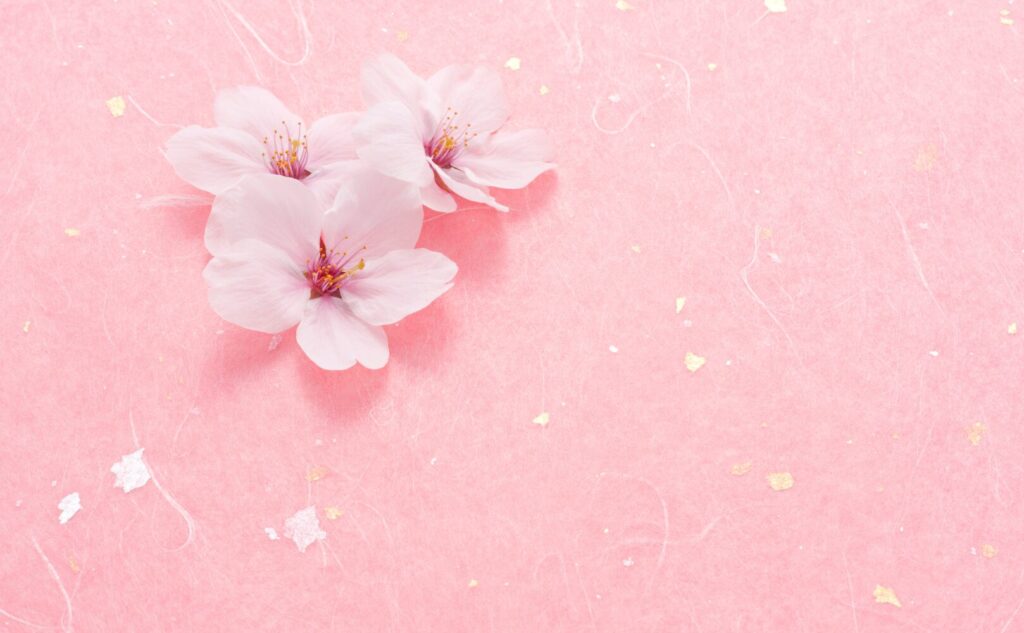
The seventeen articles of the constitution written by Prince Shōtoku state: “Harmony is the most precious.” This spirit still lives deep within the hearts of us Japanese, more than 1,400 years later.
Working alongside multicultural crews, I came to truly understand how special and beautiful this “heart that treasures harmony” truly is.
The Japanese as Cultural Bridges
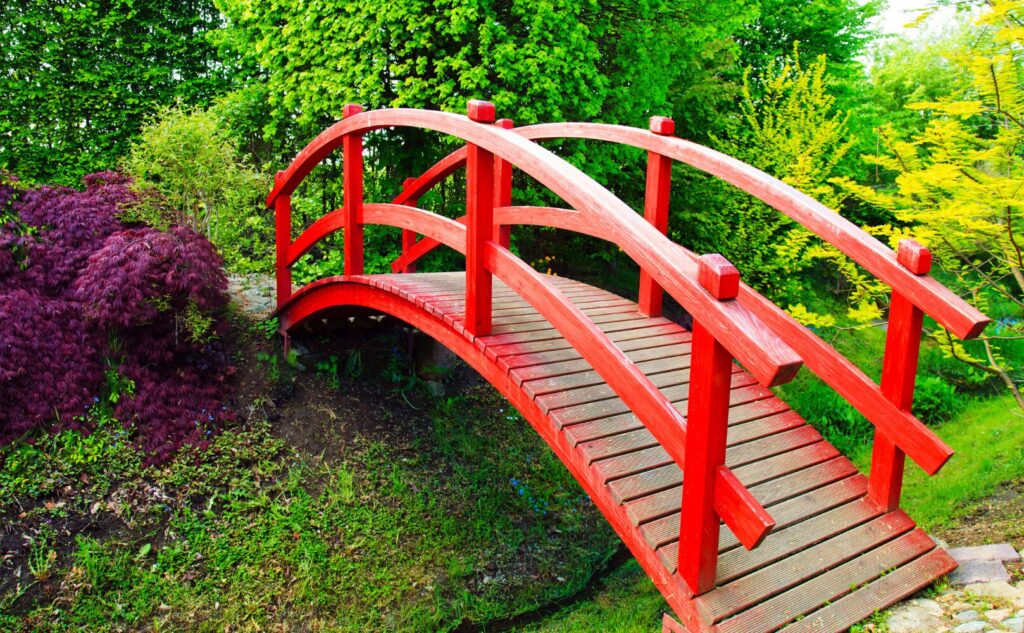
On international flights, crew members from various cultural backgrounds work together. Sometimes tensions arise from differences in religious values or approaches to work.
In those moments, Japanese crew members naturally became the “bridge-builders.” We would understand both perspectives, find common ground, and adjust things so that the entire team could function smoothly.
A French supervisor once said, “Japanese people are like diplomats.” Rather than asserting themselves, we have a gift for maintaining overall harmony while producing the best results.
When someone is struggling, a hand naturally extends to help. Everyone places customer satisfaction first. Without exchanging words, there’s a beautiful teamwork that flows through an unspoken understanding. This power of harmony resulted in the finest service.
The Quiet Consideration Within the Cabin

On a flight to Narita, a German colleague asked me: “Why is it so quiet on flights with many Japanese passengers? It’s like a library!”
Indeed, flights with many Japanese travelers showed a marked difference. Conversations in the aisles are hushed, and many take care not to make noise when moving to the restroom.
I realized that Japanese passengers naturally possess the ability to care for those sleeping around them, bringing a peaceful quality to the entire space.
Transforming Conflict into Harmony: A Beautiful Heart

During a flight from Japan, there was a small complication regarding seating. The cabin grew a bit tense due to a misunderstanding about assigned seats.
At that moment, a Japanese passenger calmly said: “What matters most is that everyone can be comfortable. I’m perfectly fine in my original seat, so please don’t worry.”
With those words, the atmosphere completely shifted. Other passengers also showed their generous spirits, saying “I’m fine too.”
Applying “Harmony” in Modern Times

Whether it’s disagreement within families or conflict at work, if we hold the thought “What would make everyone happy?” I’m certain we’ll find a path to resolution.
The secret to building warm relationships lies not in asserting that we’re right, but in prioritizing the harmony of the whole.
Conflict and discord bring stress to both mind and body. But when we can live in harmony, naturally our minds become peaceful and our bodies release tension. The teaching from 1,400 years ago—”Harmony is the most precious”—might be the greatest medicine for our stress-filled modern lives.
The Aesthetics of Consideration: “Don’t Leave a Mark After You Go”

There’s a Japanese saying, “Tatsu tori ato wo nigosazu,” which means, “A bird leaving its nest doesn’t muddy the water.” It reflects the Japanese spirit of grace and consideration.
When we leave a place, we should leave it more beautiful than when we arrived. This isn’t something anyone told us to do—it’s a beauty consciousness that naturally flows through Japanese people.
I witnessed this beautiful spirit countless times in the cabin.
Japanese Kindness Noticed by the World

At the 2022 World Cup, the Japanese national soccer team’s gesture became worldwide news: they thoroughly cleaned their locker room after the match and left a note saying “Thank you.”
As I mentioned at the beginning, when talking with foreign crew members, one topic came up frequently: “Japanese flights always have the cleanest cabins.”
Blankets were folded carefully, trash was gathered neatly, restrooms were clean, and there was often little cleaning work left to do. The thoughtfulness—”for the next person who uses this”—naturally appeared in our actions.
We tidy things for others even when nobody is watching. This way of being is truly the treasure that Japanese people have cherished.
Even Luggage Deserves Thoughtfulness

The consciousness of tidying for others also appears at airport baggage claim. I heard from many people about the remarkable nature uniquely Japanese here.
Abroad, luggage is often handled roughly, and it’s not uncommon for items inside to break or suitcases to get scratched. But at Japanese airports, each piece of luggage is aligned uniformly and placed beautifully.
The thoughtfulness—”so it’s easy for the person picking it up”—is visible even in how luggage is arranged.
There’s no other country in the world with such meticulous consideration.
Applying the “Aesthetics of Consideration” in Modern Times

At home, we make beds, keep bathrooms clean. At work, we organize our desks and conference rooms. These small daily acts of consideration organize not just our environment but enhance both ourselves and those around us.
The heart of “Don’t leave a mark after you go” is a beautiful guideline for how to live that also connects to the harmony of the whole.
The Aesthetics of Humility: “The boughs that bear the most hang lowest.“

The Japanese proverb “Minoru hodo atama wo tareru inaho kana” means “The boughs that bear the most hang lowest.” It teaches that the more a person achieves or learns, the more humble they become.
My grandmother was the first to teach me this phrase. Throughout her life, she overcame countless hardships, and with her constant smile and dedication to others, she truly embodied these words.
Working abroad, I witnessed time and again how this uniquely Japanese humility moved people around the world.
Beautiful Grace That Doesn’t Change with Success

Among first-class passengers was an executive from a major Japanese company. He was returning home after successfully completing an important international conference, yet his conduct was remarkably humble and graceful.
With each service, he thanked us politely. When he accidentally spilled his drink during turbulence, he apologized profusely and showed concern for us. An American colleague was astonished: “Why is someone with such high status so humble? He’s truly gentlemanly.”
The greater one’s position and achievements, the more humble one becomes. It was truly the beautiful way of “The boughs that bear the most hang lowest.“
Applying “Humility” in Modern Times

Humility is not about diminishing yourself. Rather, it’s a state of mind where you continuously learn and can absorb much from those around you.
Humble people naturally attract others to them. Not boasting or showing off, but genuinely listening to others’ words—this becomes the foundation of trust.
Furthermore, being humble brings peace of mind. You’re freed from the feelings of superiority that come from comparing yourself to others, as well as from inferiority complexes. You can simply be yourself.
Your shoulders relax, your expression becomes peaceful, and your mind and body remain in a relaxed state.
Like golden rice plants bowing as they mature, may we bow our heads as we grow. Let’s treasure this beautiful Japanese spirit in our daily lives.
The Aesthetics of Gratitude: “Itadakimasu”
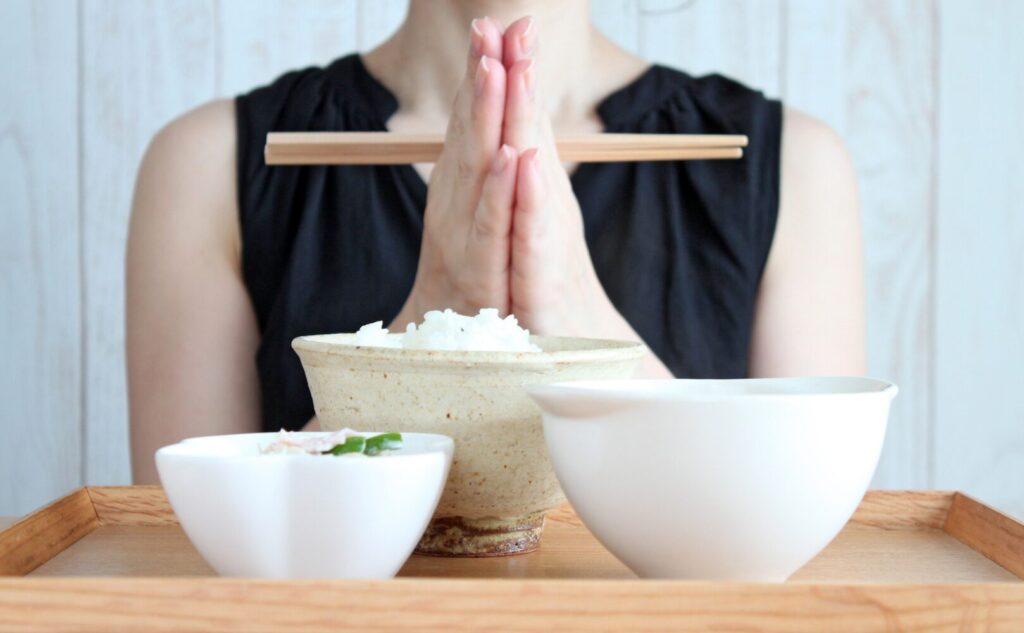
Working and eating abroad, I noticed something: while many countries have brief prayers or greetings like “Bon appétit” before meals, Japan has something uniquely special—words of gratitude that embrace not just the act of eating, but all beings involved.
“Itadakimasu” isn’t simply a word about eating. It contains:
・Gratitude for the life we’re taking
・Gratitude for the person who prepared the food
・Gratitude for the person who grew the ingredients
・Gratitude for those who brought it to our table
It’s gratitude for everything connected to the meal before us. This one phrase transforms eating from “mere nutrient intake” into “a time to feel the connection between people and nature, giving thanks with each bite.”
When I explained the meaning of “itadakimasu” to foreign crew members, they were moved saying: “That’s a beautiful custom!”
A Beautiful Way of Eating That Shows Respect for Food

During a premium cabin service where we offered Japanese kaiseki cuisine, I noticed a French colleague carefully watching a Japanese passenger eat. Holding chopsticks properly, lifting the bowl, and eating the last grain with such care—“It’s beautiful, almost like a ritual,” she said.
Even after finishing, the tray was left as beautifully arranged as when it arrived. Looking at the finished airline meals, you can see cultural differences in how different passengers eat, but Japanese flights are consistently neat and orderly.
Foreign colleagues were doubly amazed—once by the beauty of the kaiseki before eating and again by the beauty of the arranged tray afterward.
The Custom of Bowing: Gratitude Expressed Through the Body
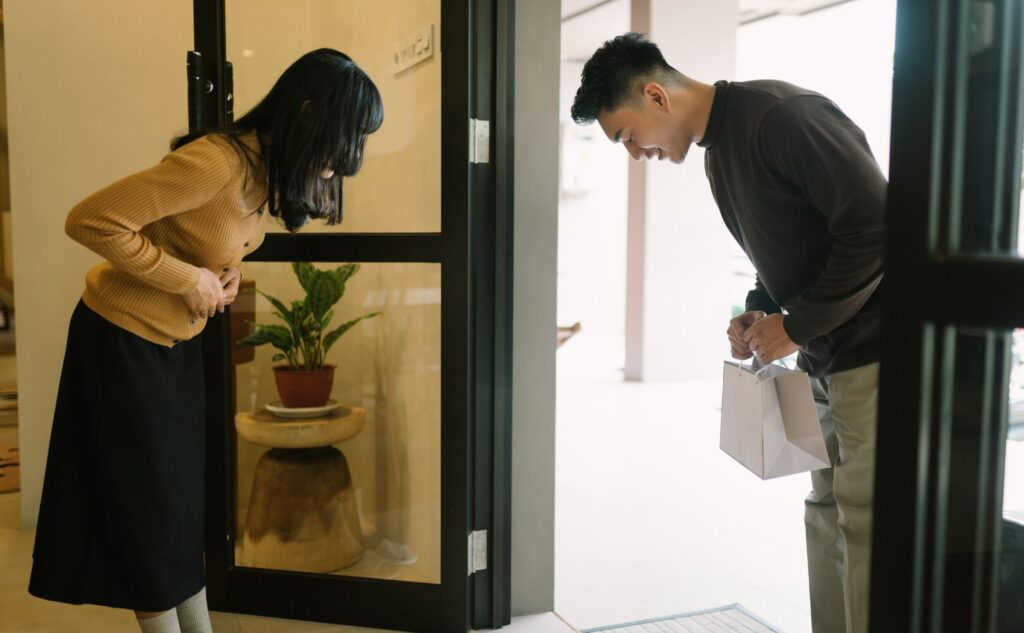
“Why do Japanese people bow? Is there a religious meaning?” an English colleague once asked.
She had seen Japanese passengers give a light bow after service and was puzzled.
“We express gratitude through our bodies. It’s a sign of respect for the other person,” I explained.
“Beautiful! We use only words to express thanks, but Japanese people express it with heart and body,” she said with admiration.
After that conversation, she too began bowing lightly when serving Japanese passengers.
Applying the “Aesthetics of Gratitude” in Modern Times

In our busy modern times, the words “itadakimasu” transform the dining table into a space filled with love.
All the food before us comes to us only through the hands of many people. When we eat with gratitude, the same meal becomes more delicious and more enriching.
This habit of gratitude at each meal calms our hearts and becomes the foundation for keeping our bodies healthy, doesn’t it?
Five Practical Ways to Cultivate Japanese Aesthetics and Harmonize Mind and Body
The Japanese aesthetics I’ve shared aren’t simply cultural values. They’re actually a gift from our ancestors for keeping our minds and bodies healthy.
Here are five practical ways you can start today to harmonize your mind and body—things I’ve personally cherished and practiced daily.
Five Practices to Harmonize Mind and Body You Can Start Today
As you continue these small accumulations, you’ll naturally begin to feel your mind and body coming into balance.
1. Tidy the spaces you visit

Of course, we should organize our homes, but why not consciously tidy spaces when we’re out?
Due to my work, I often stayed in hotels and practiced something: leaving my room in its original state when departing.
I’d gather trash, return items to their places, fold the toilet paper at a point. This small gesture has the power to change the energy of the entire space.
2. Express your gratitude before each meal

You don’t need to say “itadakimasu” if you’re not Japanese, but simply show your gratitude for the ingredients, the people who prepared the food, and those involved in bringing it to your table—all the connections that made this meal possible.
Your mealtimes will surely become richer and more peaceful.
3. Once a month, spend time with nature

Japanese aesthetics are deeply connected to nature. It was only when I lived in a country with eternal summer that I truly appreciated Japan’s four seasons. Spending time in nature allows us to recover our natural sensitivity.
Spring cherry blossoms, summer greenery, autumn leaves, winter snow—while appreciating Japan’s seasonal beauty, feel the changing seasons through all five senses.
4. Write down things you’re grateful for

At day’s end, reflect on your day. Simply writing down three things that made you happy or that you’re grateful for will fill your heart. You’ll be amazed at how much of a difference it makes.
5. Build relationships that prioritize harmony

Even with people whose values differ from yours, there’s a secret to avoiding discord: ask yourself “How can everyone be happy?”
Rather than being swayed by ego, try stepping back and thinking of solutions from that perspective.
Reclaim Your Sense of Beauty
What I learned from living abroad and working with people from around the world is this: the aesthetics that Japanese people have cherished since ancient times are not “ordinary”—they’re “extraordinary.”
In modern society, efficiency and speed tend to take priority, but Japanese aesthetics are a comprehensive “philosophy of living” that includes harmony in the act of organizing.
It encompasses not just outward beauty, but the state of mind, our connections with others, and how we relate to nature.
Precisely because modern times bring conflict and competition that stress our minds and bodies, the Japanese aesthetic of valuing harmony, never forgetting gratitude, and showing consideration even in unseen places enriches and heals our daily lives.
We all possessed this sensitivity when we were young.
If you’ve felt like you might have forgotten it recently, why not begin reclaiming it little by little starting today?
Today is fine with just one: tidy your room or express gratitude at meals—one small step can awaken the beautiful heart sleeping within you and make you shine, just as it does for those around you.

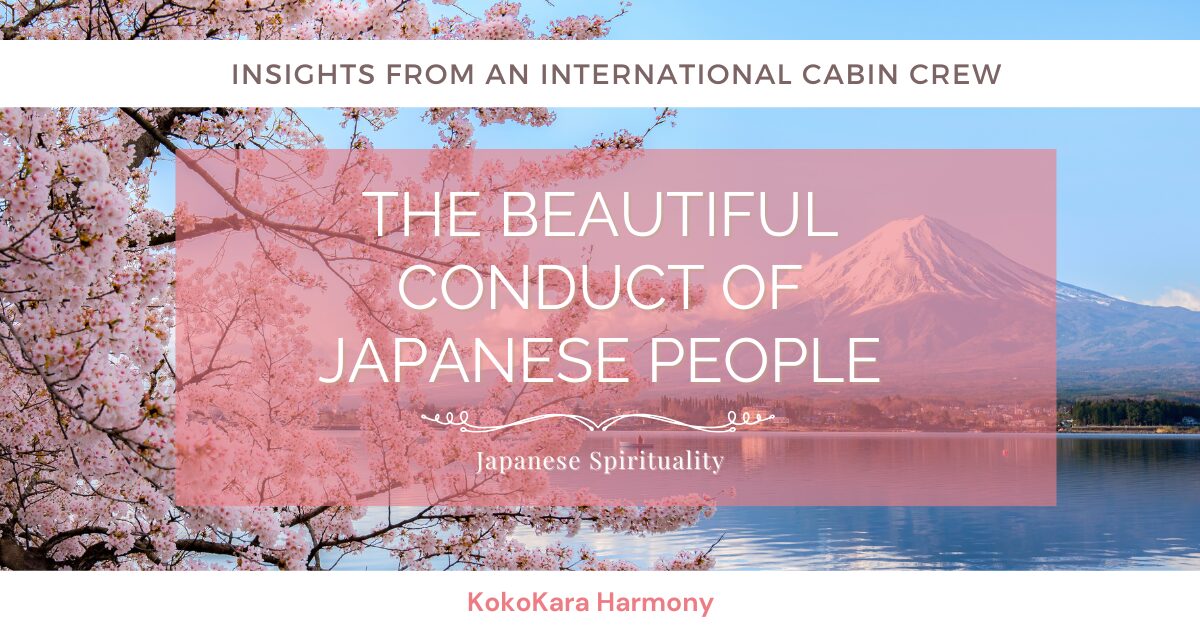

Comments